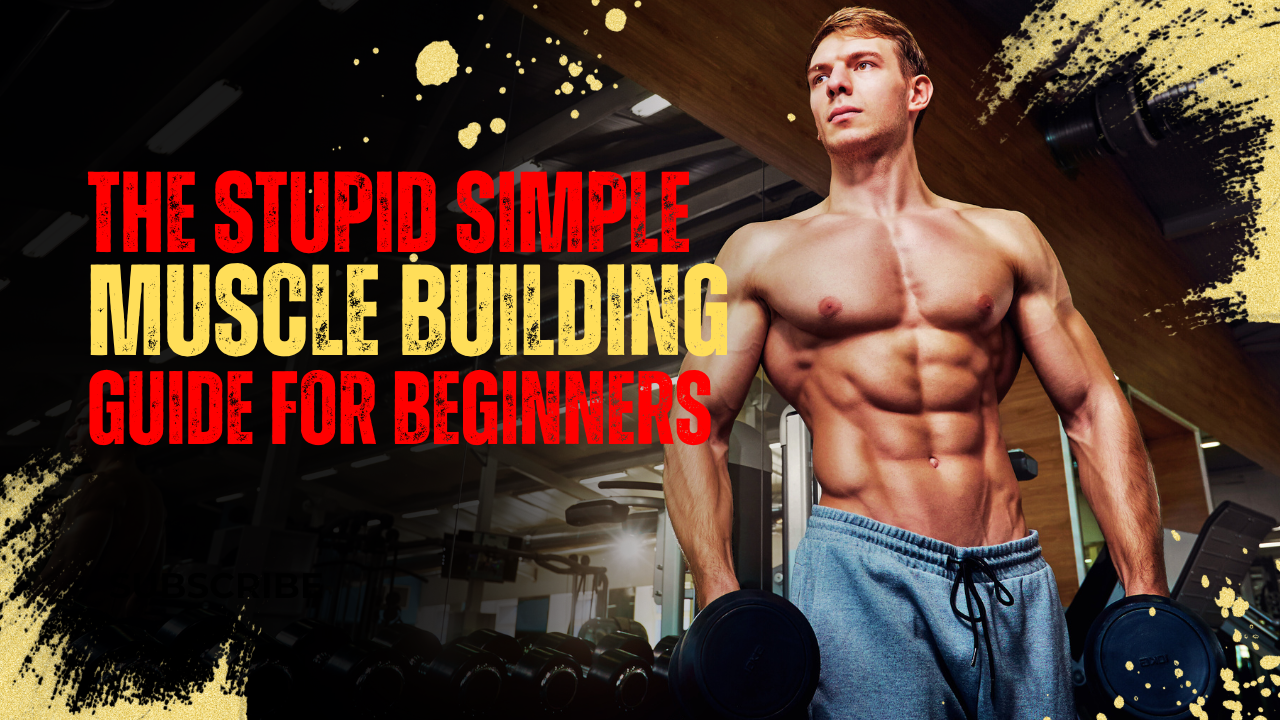
IN THIS POST
I know on the surface building muscle can seem complicated.
So if you’ve been struggling or have no idea where to begin, don’t stress.
I wrote this article to make building muscle as simple as possible for you.
And to get you on the path to seeing progress.
You’ll learn EXACTLY what to do workout and diet-wise to achieve your muscle-building goals!
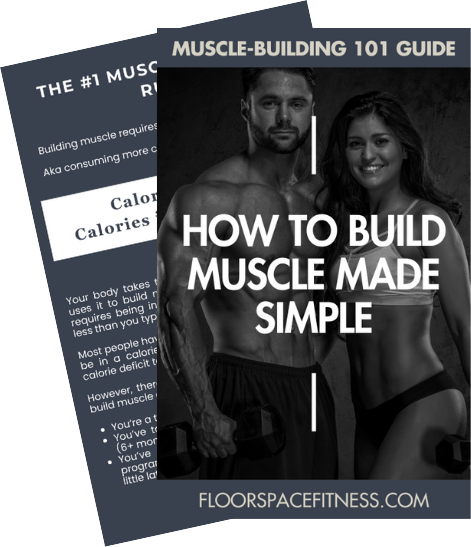
Why should you build muscle?
1. It improves body composition
Muscle shapes the physique that has you flexing and posing in the mirror with confidence.
You’ll look more fit in your clothes and even better with them off. 😉.
Aesthetics aside, thre are SO MANY other benefits to having muscle, so let’s talk about those.
2. Muscle improves your quality of life
Having muscle is functional.
You need muscle and strength to complete simple daily tasks like:
- Squatting down to pick up a box
- Placing items above your head
- Taking off your shirt
- Bringing groceries in from the car
- Picking up your kids to play with them (and hauling around their diaper and toy bags)
3. Your bones will be strong and healthy
Around age 40, we start to lose bone mass, and at age 50 that rate starts to speed up significantly.
That’s where strength training comes in.
It builds muscle and also improves bone density.
Having strong bones is important, especially as you get older, considering the risk for osteoporosis only increases with age.
(Pssst: By the way, ladies have a higher risk than men).
Your bones also protect your heart, lungs, brain, and other vital organs from injury,
4. You’ll have more energy
Simply put, working out and building muscle helps you feel more energized and get better sleep.
5. It’s a mood booster and improves self-esteem
Your brain releases “happy hormones” like endorphins and serotonin when you exercise, which improves your mood.
Your self-esteem also gets a boost because lifting weights and getting stronger takes commitment.
When you commit to a workout program and see it through, regardless of how motivated you feel, you feel good about yourself.
You’re able to look in the mirror with pride and say, “Yeah, I built that muscle!”
6. Muscle lowers your risk of cardiovascular disease, stroke, diabetes, etc
Strength training improves so many health markers it’s almost unbelievable.
7. It allows you to maintain your independence as you age
You’ll avoid little aches and pains people tend to get as they get older and stay active later on in life.
That means maintaining the fitness results you achieved when you were younger.
The muscle-building golden rule
Muscle growth requires being in a calorie surplus.
Which is when you’re conusming MORE calories than you burn.
A calorie surplus is the complete opposite of a calorie deficit, when you consume fewer calories than you burn to lose fat.
Most people can’t do both at the same time–build muscle and lose fat–but there’s an exception to every rule.
If you want to know whether or not you fall under this category, read this post.
One thing to know about a surplus is that it does come with a little bit of body fat gain.
That’s just the price you have to pay to build muscle and achieve goals like growing your glutes or building up your chest and arms.
If you want to keep fat gain to an absolute minimum, all you have to do is implement the rest of what we’ll be talking about in this post.
Muscle-building nutrition
Overall calories matter most (Your body needs the extra fuel to build muscle).
Then comes protein intake.
So first, let’s establish how many calories you need to eat daily for muscle growth then we’ll talk about protein.
Step 1: Find your TDEE (maintenance calories)
This is how many calories you’d eat to maintain your current weight.
You can use this calculator to find your TDEE (maintenance calories).
Fill out all the information on the screen (age, weight, height, activity level, etc) then click “Calculate!”
You’ll see your maintenance calories in a box on the left-hand side of the screen.
Step 2: Take that number and multiply by 1.10 to get your surplus calories.
Let’s say your maintenance is 2,000 calories.
That’d make your surplus calories 2,200 (2,000 x 1.10 = 2,200).
At this point, you have your number but you need a way to make sure you’re actually eating that many calories.
Estimating or eyeballing won’t work because as humans we suck at it. 😂
To be absolutely, positively sure you’re consuming the amount of food you need to, count calories.
That blue link talks about counting calories from a weight loss perspective but the same methods apply when you’re building muscle.
You’re still tracking your food to make sure you hit your calories.
Protein is ESSENTIAL for muscle growth
Protein is one of three primary macronutrients and it’s by FAR the most important one in terms of building muscle.
Your muscles experience little mini micro-tears during your workouts and sufficient protein intake is necessary to help them repair and grow.
Aim for 0.7g-1g per pound of your bodyweight in protein daily.

Take advantage of the 80/20 diet rule
Your all-or-nothing mindset around food is killing your progress.
You label certain foods as “good” to eat and others as “bad” which you steer clear of.
While you may be able to eat “clean” for a little while, eventually, you give in to all the cravings you built up and binge on foods you deemed off-limits.
Nutrition becomes a lot more sustainable when you have balance.
And if you can sustain it, you’ll be able to maintain it (your results, that is).
Cue the 80/20 rule.
You’ll be making healthier food choices but at the same time not having to swear off any of your favorites.
You simply get 80% of your calories from nutrient-dense whole foods such as chicken breast, turkey breast, sweet potatoes, fruits, veggies, etc.
And then the other 20% of your calories can come from whatever foods you like, be that pizza, burgers, wings, fries, cookies, you name it.
Strength training to build muscle
Let me simplify strength training for you in three main points:
- Lift HEAVY weights (ditch the “I need to do lighter weight for reps” mindset) while maintaining proper form. Bad form can lead to injury.
- Prioritize compound movements like bench press, squat, and deadlift. These will give you the most bang for your workout buck, as movements like these work multiple muscle groups at once. You’ll also be able to lift the heaviest amount of weight with these, which’ll lead to building more muscle.
- Progressively lift heavier and heavier weights over time to stimulate muscle growth.
All of that should be done while on a structured strength training program.
You’ll get the best results that way.
You don’t have to go anywhere either to find a workout plan!
I have a couple totally FREE ones already made for you.
Should you do cardio when building muscle?
Yes, but probably not in the way you think.
Cardio doesn’t exactly contribute to muscle growth but it’s important for your overall health so it still needs to be done.
But don’t have it take away from your strength training workouts.
Those are the main priority.
So don’t envision yourself spending hours on the treadmill out of breath and sweating profusely.
You just need to get your daily 7.5K-10K steps.
That’s it.
Research shows 7,000-10,000 steps a day decrease your all-cause mortality risk by as much as 50-70%.
Workout recovery
Recovery isn’t a nice-to-have.
It’s a must-have.
You don’t build muscle while working out.
The magic happens while you’re resting and recovering.
So if you don’t take recovery seriously, your results will show that.
To make sure your recovery is on point, here’s what I’d suggest:
- Have at least 3-4 rest days from working out each week.
- Sleep 7-9 hours each night: While your sleep, your body produces a key hormone to muscle growth–HGH (human growth hormone). More sleep also means you’ll be well-rested to have better workouts. If you’re performing better in the gym and able to lift more weight, you’ll build more muscle.
- Implement deload weeks: A deload week is when you cut back on how much weight you lift and/or training volume (how many sets/reps you do) to give your body and mind a much-needed break. Aim for a deload week every 4-6 weeks.
- Eat your protein: We already talked about this but it’s worth repeating. Plants need water to grow and you need protein to build muscle.
The mindset you need to build muscle
… A long-term one.
Building muscle most certainly won’t happen overnight.
To be quite frank, it’s going to take a lot longer than you want it to or think it should.
But you build a house one brick at a time, and the same goes for building muscle.
You take things one day at a time.
You focus on getting just a liiiittle better better than the day before.
I know one day might not seem like much but all those “little” days added up together over time will lead to the results you want!

What's up?
I’m Chad, I’m happy you’re here! I’m a certified personal trainer and my goal is to help you form practical, sustainable habits that lead to lifelong fitness results. If you want to lose fat, build muscle, and live a healthier, happier life then you’re right where you need to be. 💪🏾
Free resources
⬇⬇⬇
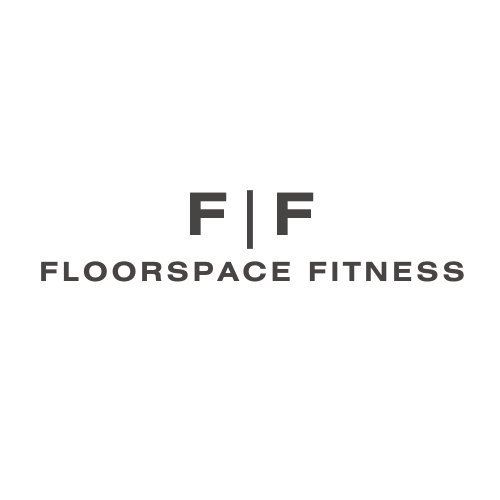


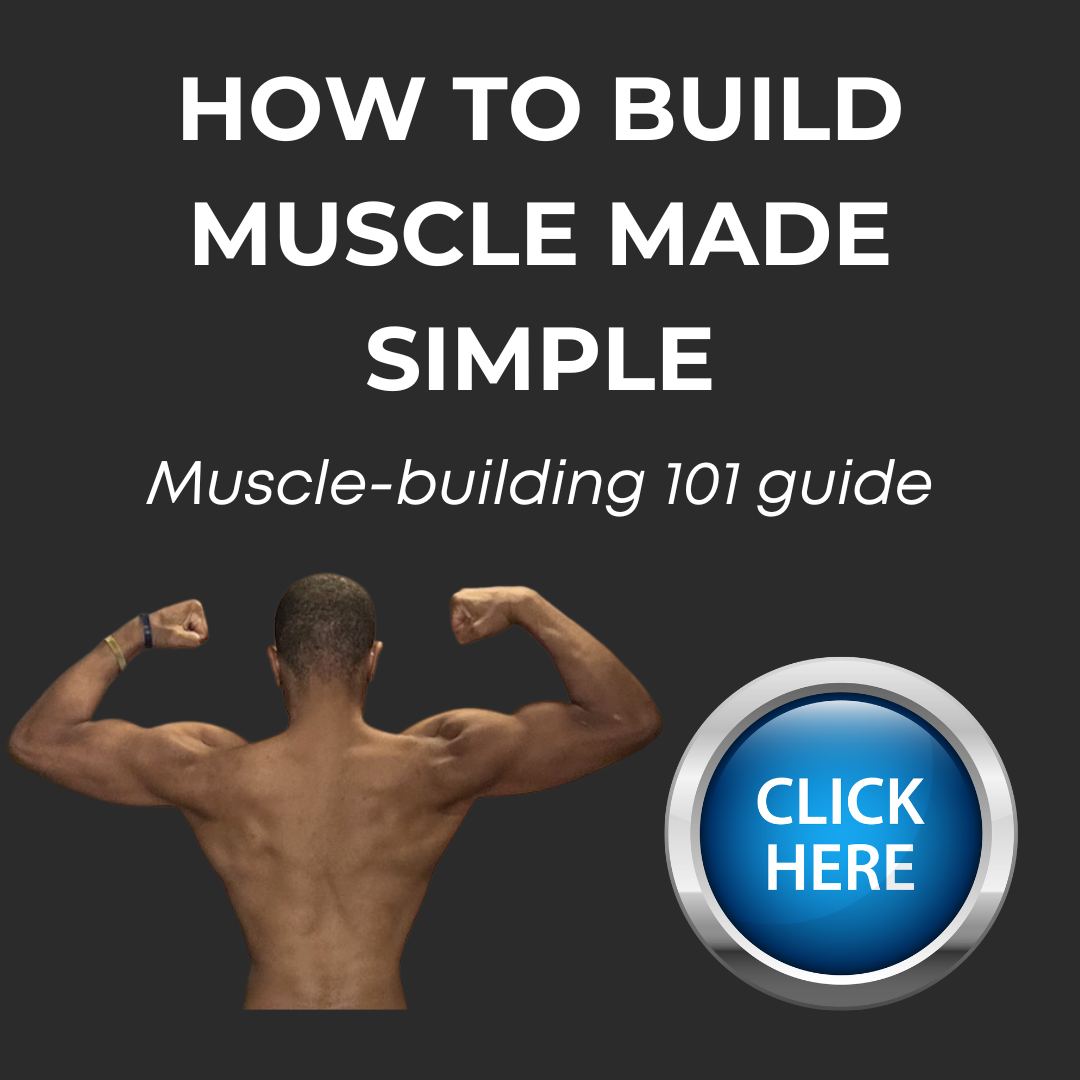



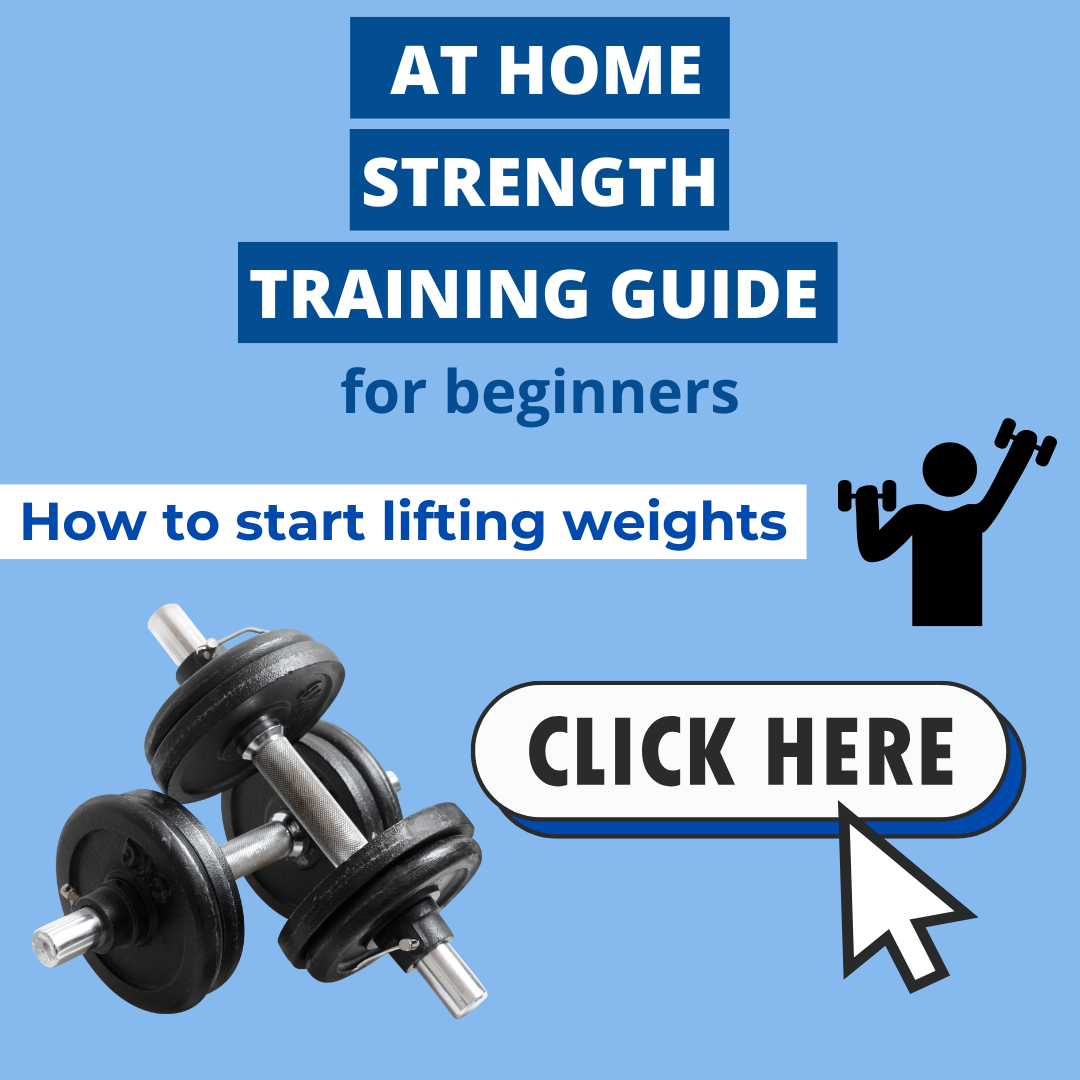

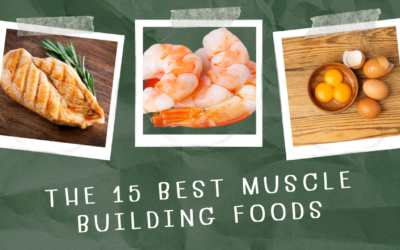

0 Comments